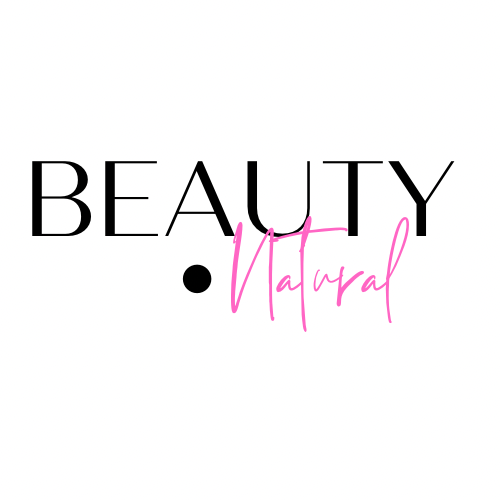Exfoliation: What Works and what’s Safe?
- Rozialyn from Beauty Natural

- Nov 24, 2020
- 3 min read

Your daily skincare routine probably looks something like this: cleanse, tone, apply a treatment serum, moisturize, apply sun protection, repeat. But what about exfoliation? Is it necessary?
Well, that depends on whether you want to combat signs of aging with what we like to call our “anti-aging weapon.” If so, here’s more about the positive benefits this important technique can provide for your skin.
What is exfoliation?
Exfoliation is a crucial step in your facial regimen. As our skin ages, it can become dull, lackluster, and wrinkled. This buildup can also clog your pores. Exfoliating helps you to do away with dirt, oils, and impurities — out with the old and in with the new!
RECOMMENDED READING:
Types of exfoliation and recommended frequency
Here are two different methods of exfoliation, we have:
Mechanical exfoliation
This involves the use of a textured tool (i.e. facial brush, sponge, or something fancy like the Clarisonic) when cleansing. Other forms include a facial scrub—ideally, our Brown Sugar & Coconut Oil Scrub.
Not only do these skin-polishing companions help to exfoliate, but they can also help improve the tone and plump the skin. Manual exfoliation is encouraged 2-3 times each week, rubbing either your tool or scrub in light and circular motion.
Chemical exfoliation
Chemical exfoliation goes deeper, using chemicals such as hydroxy acids (lactic, salicylic, glycolic) and natural enzymes. The word ‘chemical’ should not be confused with something harmful to the skin unless overly or improperly used. In fact, these chemical acids are essentially derived from fruits, nuts, milk, sugars, and plants. What an amazing chemical reaction these provide for the health of our skin!
While alpha hydroxy acids (AHAs) help exfoliates, beta hydroxy acids (BHAs) such as salicylic acid (derived from white willow bark) can clear out excess dirt, oil, and impurities.

Natural is best!
Enzymes have the fascinating ability to help too. Fruits such as papaya and pineapple contain these enzymes. If applied topically, they can leave your skin feeling incredibly soft and renewed.
Just remember: It’s important to be conscious of the ingredients you choose in skincare products. Naturally derived is best, so try the following do-it-yourself exfoliating mask at home.
Natural lactic acid mask
Lactic Acid has a very soothing effect on the skin. It increases hydration and balances the skin’s pH. Fortunately, powdered milk is a natural source of lactic acid. And you thought it was just a pantry staple!
This mask is a must-try.
Ingredients
1 tablespoon of organic powdered milk Raw apple cider vinegar (ACV contains natural alpha-hydroxy acids)
Directions
Place the powdered milk into a bowl and add a few drops of apple cider vinegar. You will want to form a paste with these two, so keep adding enough ACV until the mixture is smooth. If it gets too watery, add more powdered milk to create a good consistency.
Apply the mask to your freshly cleansed face with either a mask brush or your fingers.
Let the mask sit for about 15 minutes.
Remove with warm water and a soft washcloth.
Follow up with your desired facial moisturizer. Enjoy this mask 1x per week.
*Note: You may experience a slight tingling sensation upon application and a little redness post removal. This is normal and lets you know the ingredients are working.
Other benefits of exfoliating
Exfoliating also:
Optimizes the penetration of other skincare products, allowing them to travel into the deeper layers of the skin.
Nourishes your skin cells, making your skin feel revived!
Evens skin tone.
Happy and safe exfoliation, everyone!
What’s your skin score?
TAKE THE QUIZ Many factors affect our skin, including our environment, health, the food we eat, and more. Get your free personalized results and find out your skin score!




Comments